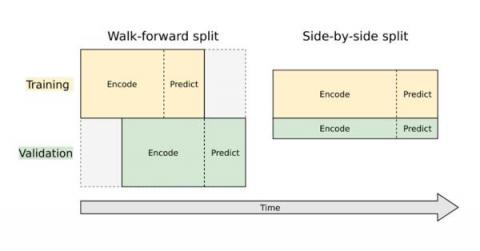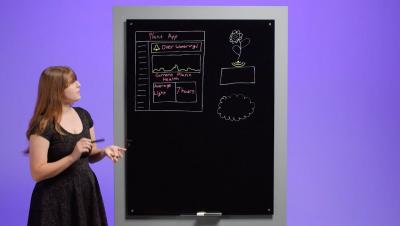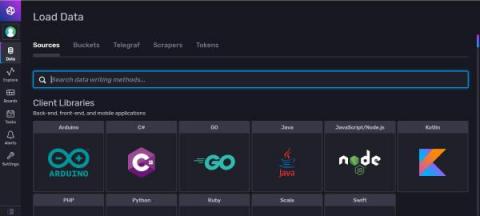Operations | Monitoring | ITSM | DevOps | Cloud
Analytics
Introduction to Time Series Forecasting with Tensorflow and InfluxDB
Wouldn’t it be nice to be able to perfectly predict the future? We are a long way from being able to do that, but that is basically the goal of anybody working in the data science field — take a bunch of historical data and then try to make future predictions based on that data.
IoT Monitoring with InfluxDB
What is 'Time to Awesome'?!
Why you(r boss) should choose Aiven
Getting Started with Go and InfluxDB
Conventional databases such as PostgreSQL or MongoDB are great at safekeeping the state of your system in a tabular or document format, but what about time-dependent data: systems metrics, IoT device measurement or application state change? For those things, you need a more suitable type of database, one designed to manage better semi-structured data with a time characteristic.
Using Predictive Analytics Capability to Resolve Critical Incidents
CloudOps: the everyday heroes
Notebook Sharing
It’s that season of sharing, and in the spirit of sharing, we have a new feature to share with you — notebook sharing. Now you can take your favorite InfluxDB notebooks and share them with whoever you would like. They don’t need to have an InfluxDB Cloud account. They just click on the link you share with them, and they can see the notebook that you shared, for the time range that you selected.











